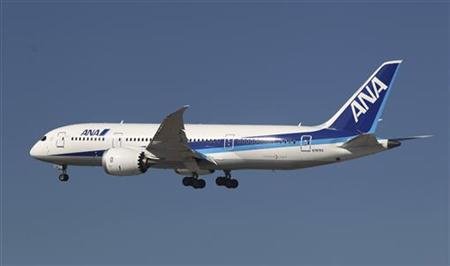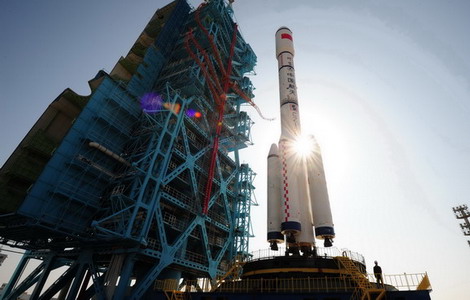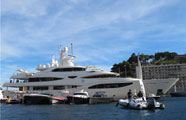After 3 years, Boeing Dreamliner becomes reality
Updated: 2011-09-26 08:56
(Agencies)
|
|||||||||||
 |
|
A 787 Dreamliner flies over Boeing Commercial Airplanes manufacturing facilities at Paine Field, Everett, Washington during the jetliner's certification event on August 26, 2011. [Photo/Agencies] |
SEATTLE - Boeing's long-awaited dream machine became a commercial reality on Sunday when the lightweight plastic-composites 787 Dreamliner was formally delivered to its first Japanese customer.
Boeing says the revolutionary carbon fiber design will hand 20 percent fuel savings to airlines struggling to avoid a new recession, and give passengers a more comfortable ride with better cabin air and large electronically dimmable windows.
The first $200 million aircraft was handed over to Japanese carrier All Nippon Airways three years behind schedule after persistent delays that cost Boeing billions of dollars.
"It took a lot of hard work to get to this day," said Scott Fancher, vice president and general manager of the 787 program, at the outset of two days of celebrations at the plane's Seattle production plant.
The blue and white-painted long-range aircraft, which boasts a graceful new design with raked wingtips, will leave for Japan on Tuesday and enter service domestically on October 26.
Boeing has taken orders for 821 Dreamliners, which will compete with the future Airbus A350, due in 2013.
The much-anticipated handover came a week after another major first delivery -- the 747-8 Freighter -- was abruptly postponed in a contract dispute with the customer. ANA, the world's ninth largest airline by revenues, plans to coax the airplane into service on domestic routes before putting it on longer international routes like Frankfurt, Germany.
The aircraft goes 52 percent further than the all-metal Boeing 767 which it is designed to replace while using 20 percent less fuel for the distance flown, an ANA executive said.
In a classic roll of the dice in the high-stakes aerospace industry, Boeing abandoned plans for a sound barrier-chasing "Sonic Cruiser" a decade ago and worked on lighter long-range jets as cash-starved airlines valued efficiency over speed.
The resulting composites-based technology proved popular with airlines, forcing Airbus to turn its back on the aluminum airframe for its next generation of jets. Boeing expects this to become the standard for future passenger planes.
"Technology will only get more efficient and lighter," said the 787 program's chief project engineer Mike Sinnett.
Hot Topics
Libya conflict, Gaddafi, Oil spill, Palace Museum scandal, Inflation, Japan's new PM, Trapped miners, Mooncake tax, Weekly photos, Hurricane Irene
Editor's Picks

|

|

|

|

|

|






